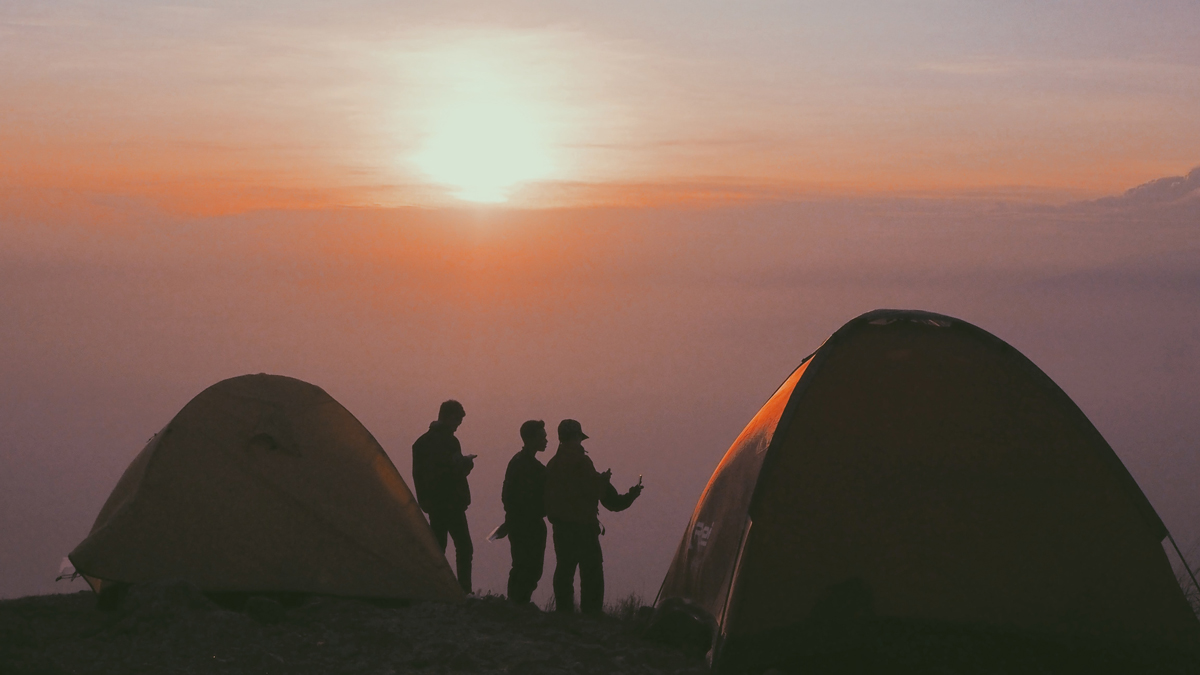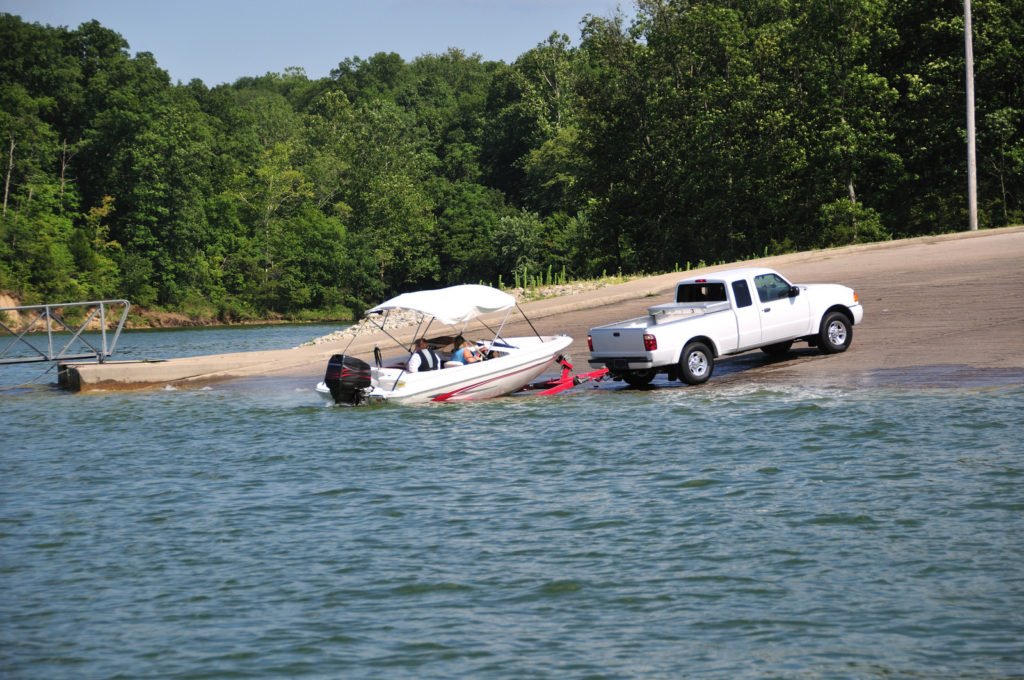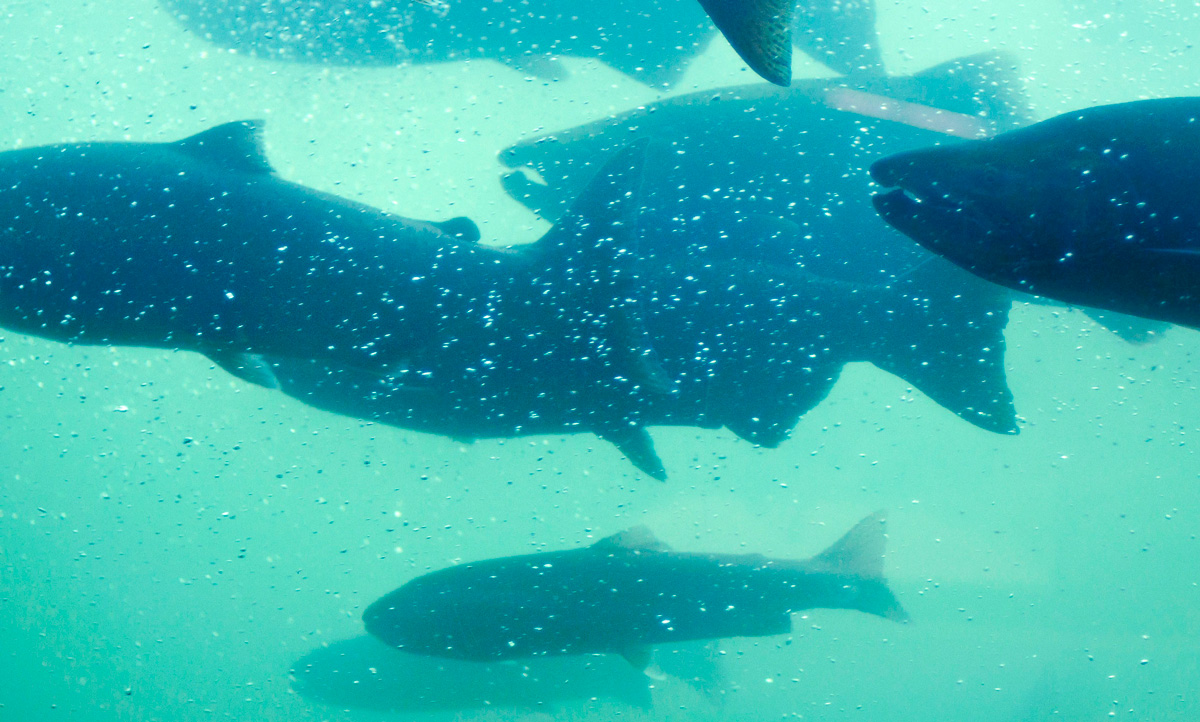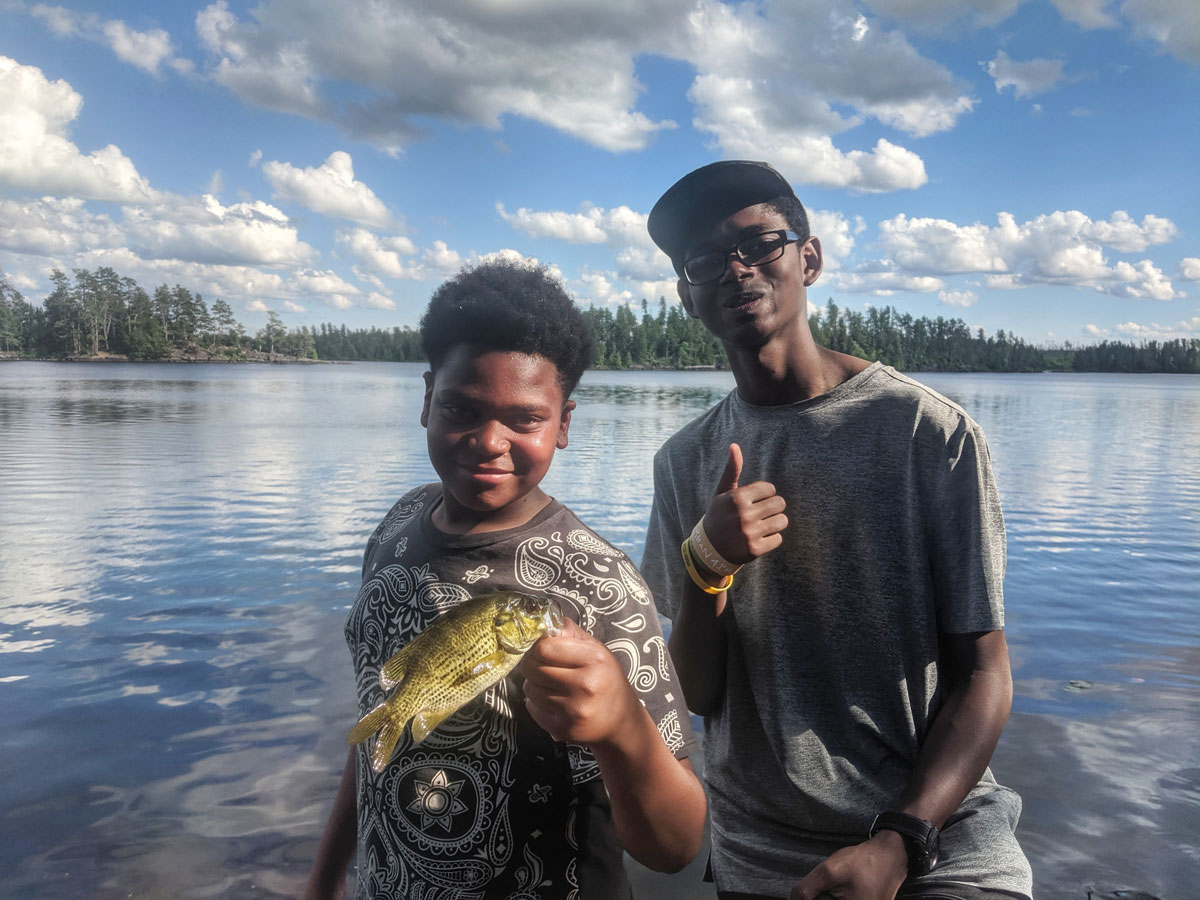Retailers, outfitters, media companies, and gear manufacturers from across the country call on Congress to modernize public land mapping for outdoor recreation
Today, more than 150 hunting- and fishing-related businesses are asking lawmakers to support a bill that would direct federal agencies to standardize, digitize, and disseminate information regarding recreational access and allowable activities on millions of acres of federal public lands throughout the United States.
Representing a vital sector of the $778-billion outdoor recreation economy, business owners from across the country sent a letter that calls on congressional leadership to pass the Modernizing Access to Our Public Land (MAPLand) Act. From gear manufacturers and media companies to guides, outfitters, and retailers, the letter signers emphasized that their livelihoods depend on sportsmen and women having access to outdoor recreation opportunities on public lands.
Introduced into the House (H.R.6169) and Senate (S.3427) earlier this year with bipartisan support, the MAPLand Act would direct federal land management agencies to consolidate, digitize, and make publicly available all recreational access information in a format that can be used with computer mapping programs and GPS applications.
These records include information about:
- legal easements and rights-of-way across private land;
- year-round or seasonal closures of roads and trails, as well as restrictions on vehicle-type;
- boundaries of areas where special rules or prohibitions apply to hunting and shooting;
- and areas of public waters that are closed to watercraft or have horsepower restrictions.
Currently, many of the easement records that identify legal means of access into lands managed by the U.S. Forest Service and Bureau of Land Management are stored at the local or regional level in paper files. This makes it difficult for hunters, anglers, and even the agencies themselves to identify public access opportunities.
For example, of the 37,000 existing easements held by the U.S. Forest Service, the agency estimates that only 5,000 have been converted into digital files.
In addition to improving the public’s ability to access public lands, the bill would help land management agencies—in cooperation with private landowners—prioritize projects that acquire new public land access or improve existing access, including through the use of funding from the federal Land and Water Conservation Fund.
According to a 2018 report by the TRCP and onX, a digital-mapping company, more than 9.52 million acres of federally managed public lands in the West lack permanent legal public access because they are surrounded entirely by private lands. Digitizing easement records is a critical step toward addressing this challenge systematically.
Businesses across the country are counting on lawmakers to move quickly on this common-sense opportunity to strengthen America’s outdoor recreation opportunities. “We’re fortunate in this country to have hundreds of millions of aces of lands where anyone can go out and explore, and these places are important to our customers,” said Thaddeus Kaczmarek, Consumer Experience Leader with Sitka Gear. “The MAPLand Act is a common-sense proposal that would make a big difference for outdoor enthusiasts as well as the businesses that serve them.”
“From the Everglades to the North Cascades, we want to see more anglers getting out and enjoying the world-class experiences that our public lands and waters have to offer,” said Amanda Sabin, Senior Brand Manager with Costa. “Anything that can be done to simplify the challenge of figuring out where to go, and what you can do when you get there, is going to make it easier for people to join our community—and that is a huge driver of economic growth.”
“Our consumers are some of the most relentless hunters and outdoorsmen in the nation, and they rely on access to public lands throughout the year,” said Bruce Pettet, President and Chief Executive Officer of Leupold & Stevens, Inc. “The MAPLand Act would allow them to discover new outdoor opportunities, and help to introduce the next generation to the sporting traditions we all hold dear.”
“Public lands provide hunters and anglers with unrivaled outdoor experiences, and we’re excited to support the MAPLand Act because it will allow more Americans to take full advantage of these opportunities,” said Angie Timm, General Manager and Founder of Seek Outside. “This is a bill that will make a real difference for sportsmen and women all across the country.”
“Archery season is less than two months away, and my customers are already out scouting on our public lands in search of elk and deer,” said Gabe Lucero, owner of Red Rock Archery in Grand Junction, Colorado. “Better information about access opportunities is critical for sportsmen and women to spend more quality days in the field.”
Read the letter from 158 hunting and fishing businesses here.
Learn more about the MAPLand Act here.











do the right thing
I believe that passage of the MAPLand Act is and important step toward getting more people outdoors. Some people are intimidated by the thought of trekking out into unfamiliar territory with few aids and in many cases, no maps whatsoever. And rightly so. Reliable maps and navigation tools will make outdoor adventures safer and more inviting to more people across more age groups. Knowing where you are going and how to get out are important aspects of accessibility. I am delighted that companies are stepping forward with the products and services to make it real. I hope they are rewarded for their efforts while many of us enjoy the benefits.
We should not rely soley on others to spear head the things we believe are important. If you have not contacted your Senators and Representatives, you should do so. I have already been contacted by the office of Steve Daines (MT) to talk about the MAPland Act. It will take efforts from all to get it done, and benefit everyone.
If we don’t have access to our lands they are not really OURS are they?
Legal access to public lands is often contested by private landowners. This legislation would provide significant assistance in resolving this issue.
Access to public lands for fishing, hunting, archery, bird viewing, hiking and also for access by 4×4 vehicles is critical to ensure all the public is able to access the public lands which are held by Federal Agencies. Some would ask why I include 4×4 access? The answer is simple. In order to access some of these areas it requires vehicle access also. I own three 4×4 vehicles which allow me to go to places where I can fish, camp, and meditate without being bothered or bothering others. As I get older I rely more on my vehicles than ever before. Many anglers and hunters also rely on their vehicles to access areas so they are able to participate in their treasured sport. Sales of these 4×4 units as well as the ATV & UTV off-road units amounts to billions of dollars of expenditures by the sports minded public. Take away the access and you lose this revenue and the jobs which are supported by these units. I’ve seen many areas where access by 4×4 vehicles has been curtailed. This has resulted in the loss of revenue and the related incomes which supported these types of events in the past.
No land should be land locked, we need access to all of “our” land.